From the end of April, it was very difficult to distinguish between our positions and the enemy’s. Because most of our trenches were deeply embedded in the stronghold. Sometimes we had to determine on the map which strongholds the enemy still held and which ones we had destroyed.
On our side: At dawn on May 3, 1954, Regiment 36, Division 308 attacked and destroyed the stronghold 311B in the west of Muong Thanh. Our army's position surrounded the center of Muong Thanh, only about 300m away from De Castries' command post. One of our companies was ordered to station at Na Ti village, not allowing the enemy to escape to Laos.

Engineer soldiers cut barbed wire fences to clear the way for the assault force to attack and destroy the enemy. Photo: VNA
In his memoir “ Dien Bien Phu - Historic Rendezvous”, General, Commander-in-Chief Vo Nguyen Giap wrote: "At noon, the sky was sunny. I climbed to the top of Muong Phang mountain behind the Command Center to observe the battlefield. For nearly a month, from this position, with a large optical binocular, I followed the progress of our trenches. At first, the separation between us and the enemy was very clear.

12.7mm artillery position shot down enemy aircraft supplying the Dien Bien Phu stronghold. Photo: VNA
The enemy stronghold was a dense mass, like giant beehives lying close together on both sides of the Nam Rom River. Our positions were trenches with many branches extending from the surrounding fields. But from the end of April, it was very difficult to distinguish our positions from the enemy’s. Because most of our trenches had been dug deep into the stronghold. Sometimes we had to determine on the map which strongholds the enemy still held and which ones we had destroyed.

A French plane was shot down by our army's air defense force and caught fire in the sky over Dien Bien Phu. Photo: VNA
Transport planes flying high out of the reach of anti-aircraft artillery continued to create rains of parachutes in the sky of Dien Bien Phu. With thousands of brightly colored parachutes densely scattered on the fields, like mushrooms blooming after a rain. It was clear that a large number of enemy supplies had fallen on our battlefield. The "donkey skin" of Dien Bien Phu had shrunk too small. This morning, the staff reported that it was only 1,000m in one direction and 800m in the other. US President Eisenhower compared it to a "baseball field". I used binoculars to find position 311B in the West, which was destroyed on the night of May 3, and position 310 located next to it. Both positions were only more than 300m from the Muong Thanh command post. From here, passing another stronghold, we reached the De Castries bunker. Bayonets were pointed at the flank of De Castries. But the enemy's reaction was very weak. They did not do much after losing 311B. And soon it will be 311's turn, considered the "eyes" of the stronghold group.
On the enemy side: Cogny instructed De Castries on another escape plan called the "Seabird" plan. According to this plan, the enemy planned to drop a battalion to Dien Bien Phu to join forces with the survivors of the stronghold with the aim of breaking the siege and fleeing to Upper Laos from three directions: South, Southeast and West. Meanwhile, two other battalions parachuted down to form a corridor from Nam Nua valley through Muong Nha, Nam Hop to receive the troops breaking the siege and fleeing.

French commanders at Dien Bien Phu, 1954. Photo archive
The officers in the stronghold fought to retreat to the South, the direction with the most hope of escape. They subjectively thought that the "Seabird" plan could be implemented at 8:00 p.m. on May 7, but they did not expect that the speed of our army's advance would lead to a rapid collapse of morale and disorganization of the soldiers, making all the commanders' intentions of escape only an illusion.
THANH VINH/qdnd.vn
Source












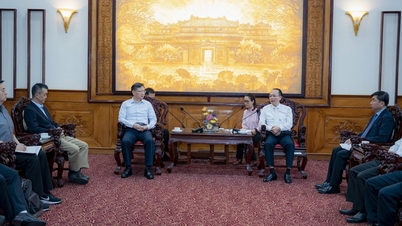


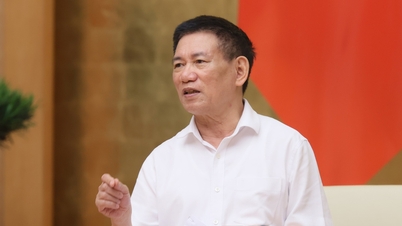






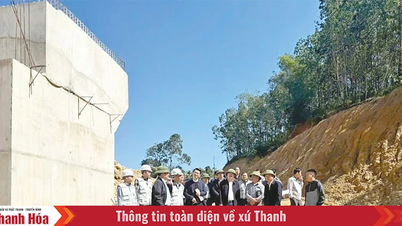
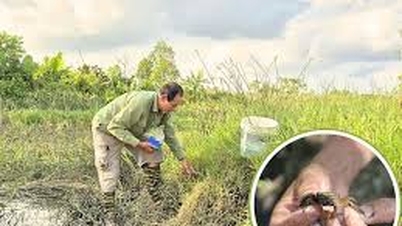
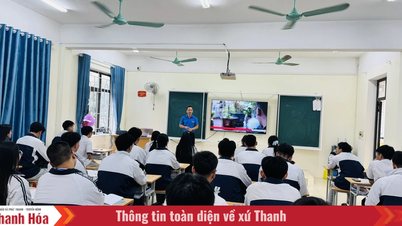





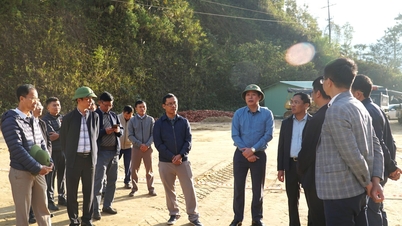

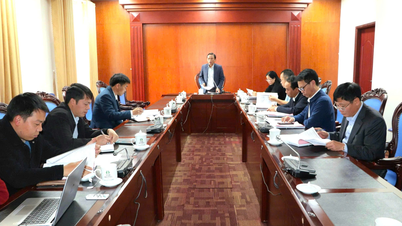
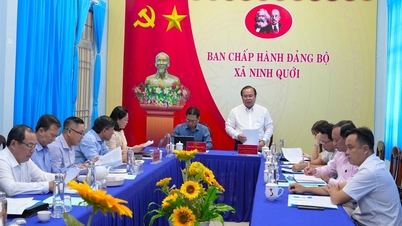







![[Video] The craft of making Dong Ho folk paintings has been inscribed by UNESCO on the List of Crafts in Need of Urgent Safeguarding.](https://vphoto.vietnam.vn/thumb/402x226/vietnam/resource/IMAGE/2025/12/10/1765350246533_tranh-dong-ho-734-jpg.webp)

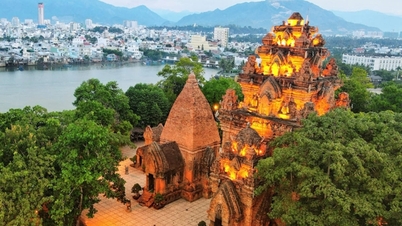








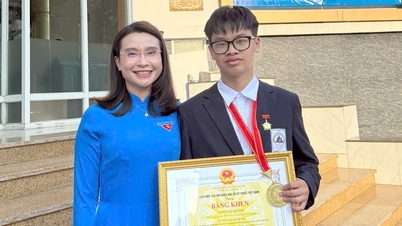



















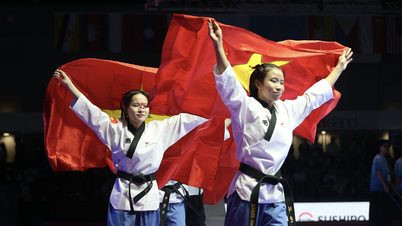


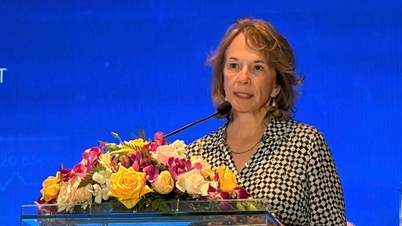


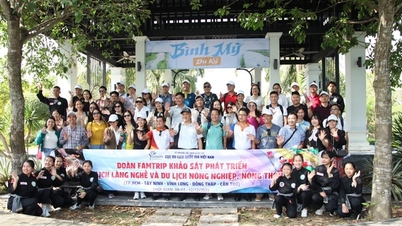

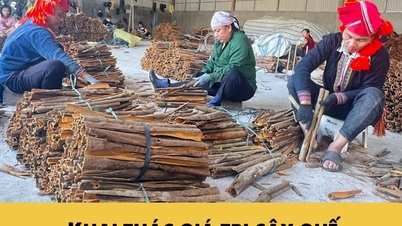


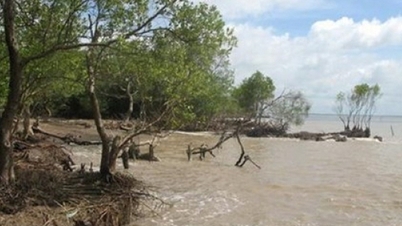

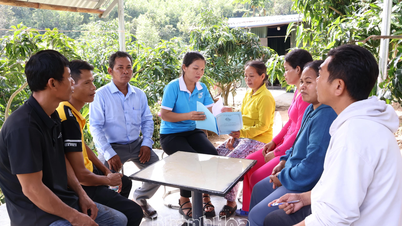

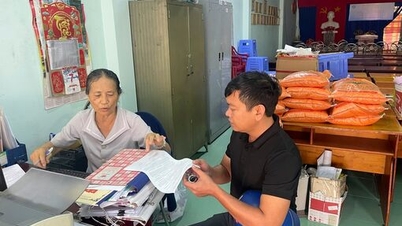




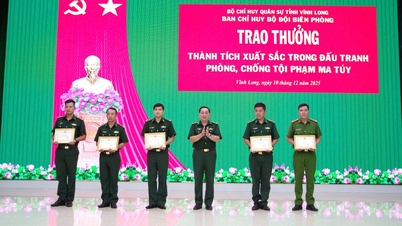

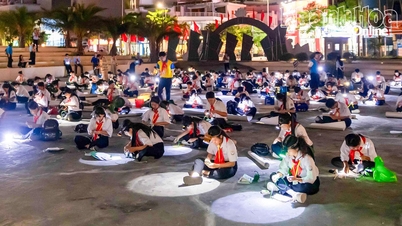


















Comment (0)